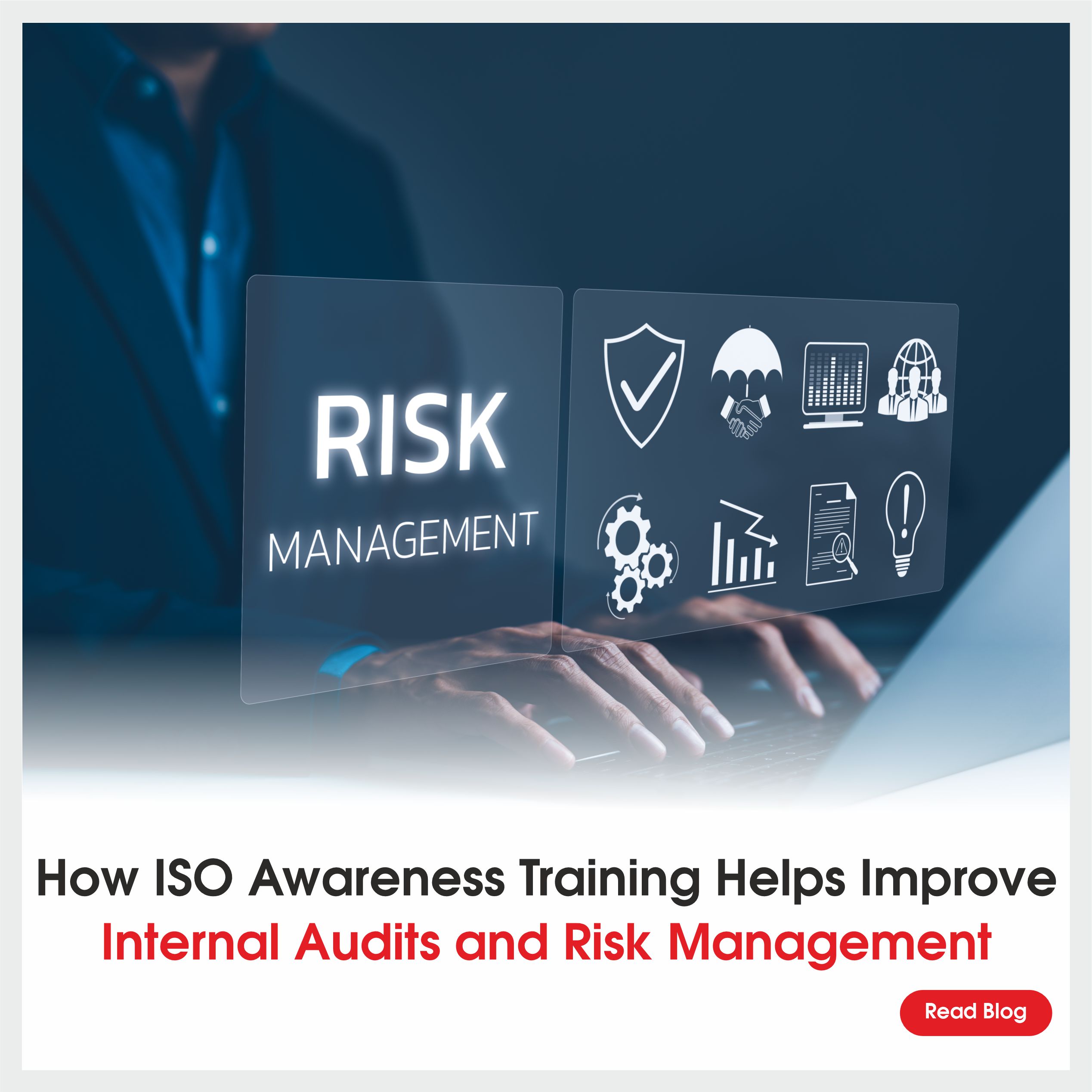Get ISO Certification for Environmental Management System
CONTACT WITH US
ISO 14001, also known as (EMS) Environmental Management System. It establishes the standards and framework for an effective environmental management system. ISO 14001 Environmental Management System integrates environment management practices with ISO 14001 standards. It is a generic standard that applies to most industries regardless of size, nature, and geographical location.
It is an internationally accredited standard that enables to enhancement of environmental performance through using resources efficiently and reducing wastage. The environment management system mainly focuses on the resources and meeting the commitments documented in the organization’s policies.
This standard is globally accredited, and its implementation helps organizations add credibility by demonstrating their commitment to environmental protection. It helps in increasing the trust of the customers and stakeholders and promotes sustainable development. It includes reducing the negative environmental impacts of products, services, and activities.
Evolution of ISO 14001
ISO 14001 was developed by the International Organisation for Standardisation. It was first released in 1996 and then updated in 2004. The latest version of ISO 14001, also known as ISO 14001:2015, was released in September 2015.
ISO 14001. ISO 14001:2015 has significantly changed the Environment Management system (EMS). A continual improvement survey is conducted to understand the needs of the current, past, and potential users.
It focuses more on standards and facilitates integration with other ISO standards. It provides a competitive advantage and helps to gain the trust of the entities
Purpose of ISO 14001
It defines the requirements of the organization and guides the implementation of an effective environmental management system. This Certification offers to improve the organization’s environmental performance.
The key elements of ISO 14001
An effective Environmental management system clearly defines the policies and procedures. There are six core elements in an Environment Management System, it includes:
- Environmental policy
- Planning
- Implementation
- Checking and corrective action
- Management review
- Continuous improvement
Why is Environment Management System important?
- It exhibits the organization’s commitment to protecting the environment.
- It can provide the organization with a competitive edge in procuring green tenders.
- Companies achieving ISO 14001 Certification demonstrate that the organization encourages sustainable development.
- It aims to minimize wastage and use resources efficiently.
- It addresses social, economic, and environmental aspects.
- It helps organizations reduce costs as it follows the detect and prevent approach.
- It creates a better impression of the organization amongst the customers and businesses.
ISO 14001 requirements checklist
- Suitable environment policy
- Specifying environmental objectives and targets
- Determining an organization’s environmental effects
- Transmission of policies and objectives within the organization and management
- Designation of stakeholders for environment management system
- Provision of environmental adherence
- Strategy to observe and estimate the progress
- Environment management system performance audit
- Ceaseless improvement
The organization should maintain and follow the procedures that are part of the organization’s environmental objectives. Legal requirements are regulations related to local, national, and international laws.
ISO 14001 is a legal requirement, as well as an own voluntary environmental obligation. Let’s have a look at all the legal requirements for ISO 14001.
Benefits of ISO 14001
- It is a hallmark of quality and safety. It ensures that the products are safe and healthy to consume.
- It is a globally recognized certification and applies to most industries irrespective of their size, nature, and geographical location.
- It follows the principle of clean and green progress as it gives equal importance to nature. It promotes sustainable development and also contributes to achieving Sustainable Development Goals.
- It demonstrates the organization’s commitment to the environment and shows the organization is serious and responsible.
- It improves the impression of the organization amongst its customers and other businesses. ISO 14001 environment management system ensures the quality of the products and services and expands the organization’s customer base.
- It is a cost-effective standard as it reduces the cases of environmental incidents and protects the company from paying fines and compensations. It also promotes clean and green energy, which again saves the extra cost of production.
- Getting ISO 14001 certified ensures that the organization complies with all the legal regulations.
- It demonstrates that the organization is concerned about the environment and builds trust in the customers.
- ISO environmental certification helps to provide a competitive advantage to the organization as it displays that you have an active commitment to the environment.
- It reduces the amount of waste generated by the industries as one of the requirements of ISO 14001 is that the organization needs to demonstrate that it complies and works to achieve the environmental objectives.
Legal requirements of ISO 14001 Certification
ISO 14001 Environmental Management System designs the critical requirements to enforce an effective Environmental Management System. ISO 14001 is not a technical standard and does not replace any legal regulations.
These requirements are divided into ten different sections (Section 1 to Section 10) and work on Plan-Do-Check-Act (PDCA) approach.
It is necessary to understand all the sections.
- Sections 1 to Section 6 is in the Plan stage.
- Section 7 and Section 8 are in the Do stage.
- Section 9 is in the Check stage.
- Section 10 is in the Act stage.
Section 1: Scope
It marks the Scope of the Environmental management system. It should meet the organization's environmental policies and strives to improve the industry's environmental performance.
Section 2: Normative references
In ISO 14001, there is no normative clause.
Section 3: Terms and Definitions
This clause explains all the terms and definitions related to these four categories: • Organization and leadership • Planning • Support and Operation • Performance Evaluation and Improvement
Section 4: Context of the organization
It deals with identifying all the factors that affect the industry and understanding the requirements of the business. These aspects broadly depend on the size and nature of the organization. This clause aims to find internal and external factors that affect the industry and enforce best practices for an effective environmental management system.
Section 5: Leadership
It deals with allocating the roles and responsibilities within the organization for an adequate environmental management system. It illustrates the importance of top-level management in executing and improving EMS.
Section 6: Planning
It focuses on examining any risk and opportunity that can impact the industry and formulates strategies to mitigate the risk and reap opportunities. It also analyses the industry's interaction with the environment and compliance with legal obligations to establish an effective Environmental management system.
Section 7: Support
It addresses the needs and requirements of the management for an effective Environmental system. It promotes the flow of information, documentation, and policies to ensure all the employees are well aware of the organization's objectives.
Section 8: Operation
This Section is related to Section 6 (Planning), which states that the organization should evaluate all the activities hindering the organization's manufacturing and services. The organization must formulate policies to meet the operational requirement for environmental control and deal with a potential emergency.
Section 9: Performance evaluation
It is crucial to ensure that the organization's environmental management system is adequate and efficient. It involves monitoring and measuring the organization's current practices and identifying the areas for advancement.
Section 10: improvement
It ensures the effectiveness of the environmental management system and commits to enhancing required process areas to establish an environmental management system.
Implementation of ISO 14001 Certification
It is essential to implement the ISO 14001 standards effectively. It includes:
- Establish effective communication to ensure the support and commitment of the management.
- The top-level management should assign roles and responsibilities within the organization for an effective management system.
- The organization documents all the requirements and compares them with the existing system.
- The organization needs to take feedback from suppliers, customers, and workers.
- Establish an implementation team.
- Define roles, responsibilities, and authority of the implementation team.
- Implement the policy with the basic principle.
- Provide training and incentives to encourage employee participation.
- Opt for internal auditor training and conduct internal audits annually.
- Frequently monitor and analyze the performance for continual business improvement.
Cost of ISO 14001 Environment Management System
The cost of the ISO 14001 Environment Management System depends on various factors. These factors are:
- ISO 14001 Environment Management System can enhance your image in the market and provide you with a competitive edge in the industry.
- Getting an ISO 14001 environment management system can be costly for small and medium-sized organizations.
- The cost of getting an ISO 14001 certification can vary from one organization to another.
- When you approach an ISO certification body after examining your management and processes, they quote an amount for the certificate.
- It also depends on the size of your organization, the number of employees in the organization, and the number of branches your organization has.
Looking for ISO Certification or Training Services?
Join one of the India’s leading ISO certification bodies for a straightforward and cost-effective route to ISO Certifications.
LATEST NEWS & BLOGS

Common Mistakes to Avoid During ISO Lead Auditor Training
ISO Lead Auditor Training is a crucial step for professionals looking to enhance their auditing skills in ISO 9001:2015 (Quality

What Are the Key Benefits of IMS Lead Auditor Training?
In the current business environment, companies aim to uphold elevated standards in quality, environmental stewardship, and safety in the workplace.

How ISO Awareness Training Helps Improve Internal Audits and Risk Management?
SIS Certifications Pvt Ltd is delighted to announce our upcoming ISO Awareness Training event. Designed for professionals aiming to strengthen
